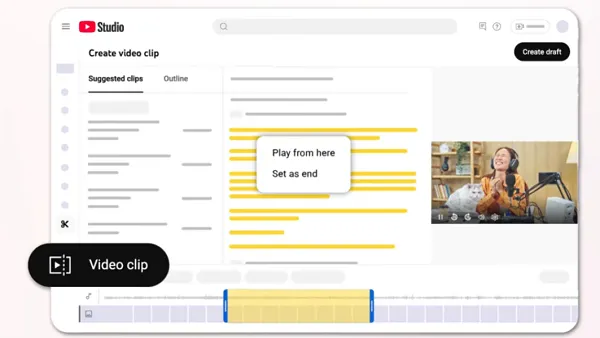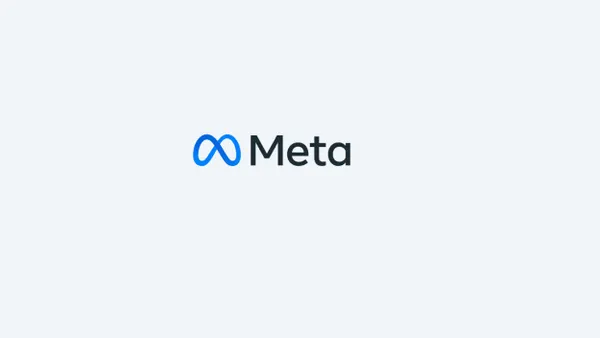Earlier this week AdAge published an article entitled "When It Comes to Time Spent Online, Content Trumps Community" (with the subtitle "Never Mind the Buzz: Social Nets Get Small Share of Consumers' Time".) As a social media & marketing geek, it caught my eye immediately, and I was curious to know how the AdAge reporter had come to her conclusions. In reading the article, I found the stats being cited were from something called the Internet Activity Index (IAI) compiled by the Online Publishers Association, a respected organization representing many large news and portal-type sites.
The AdAge article makes a great deal of hay over the fact that the Content category of the IAI accounts for 42.7% of Internet user time spent in January 2008, whereas the Community category accounts for only 7.5%. Going back and forth between the AdAge article and the OPA IAI page, I noticed a couple of oddities:
- It appears from the OPA page that the IAI has been compiled since January 2007, but it is only as of January 2008 that the community category was added. The AdAge article puts forth the proposition that the "category from which community sites have probably been stealing most of their traffic is communications sites, which include online e-mail providers." This despite the fact that it was actually the content category that dropped the most in January '08 over December '07, a whopping 6% drop. The communications category, the one the community category was supposed to be stealing from, actually went up .1% for this period.
- While the AdAge article seems to imply the inclusion of YouTube (and presumably by extension, other UGC media sites) in the community category, the IAI site makes no direct mention of YouTube or any comparable site. While they do claim that "for Web properties that have clearly distinguishable site segments that cross into multiple categories, the segments are classified individually wherever possible," they give only a scant few examples to illustrate how the sites are actually divided up.
I recently wrote about media bias and being aware of the sources of information. Assessing the spin on this information from AdAge and the OPA reminds us that it's important to remember that the main constituencies of both (advertisers and publishers) are largely dependent on "traditional" online publishing models for their livelihoods.
So, does content REALLY trump community online?
To see the original post and more from Jay Moonah, please check out
Media Driving, a communications blog & podcast.











